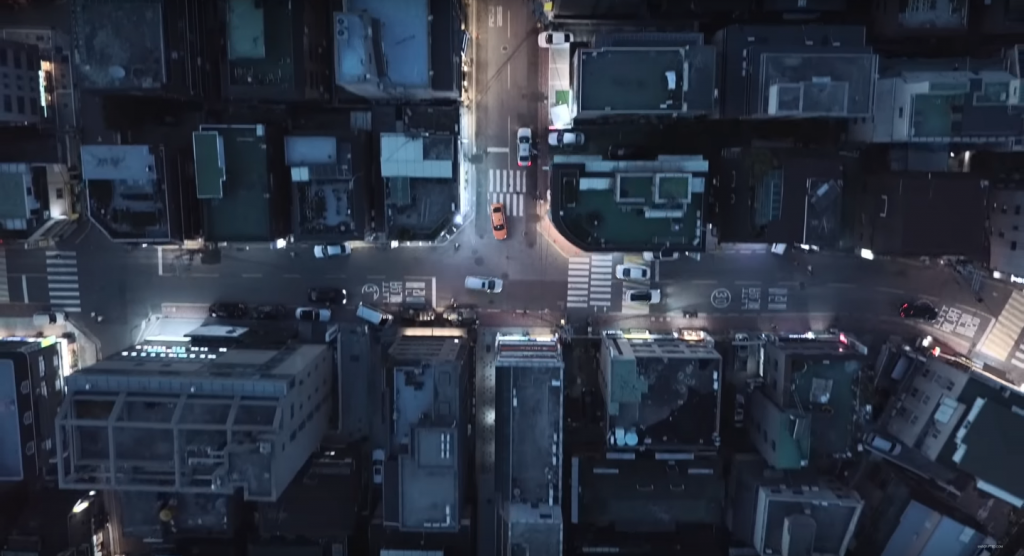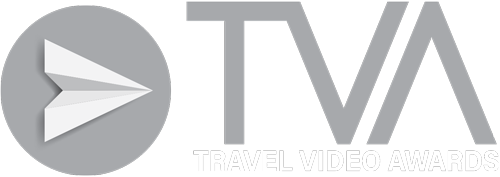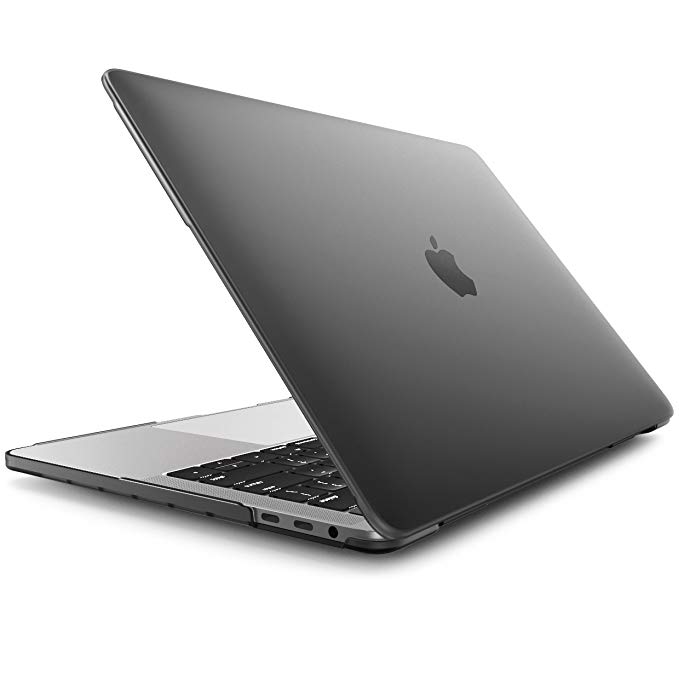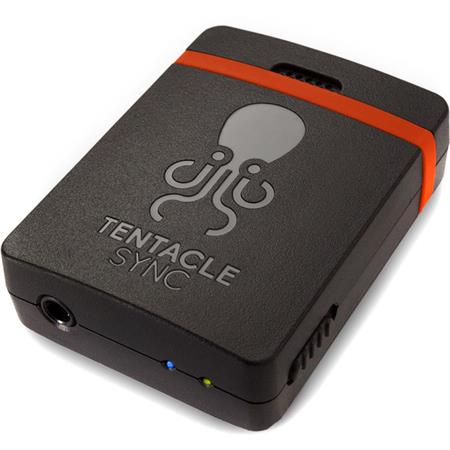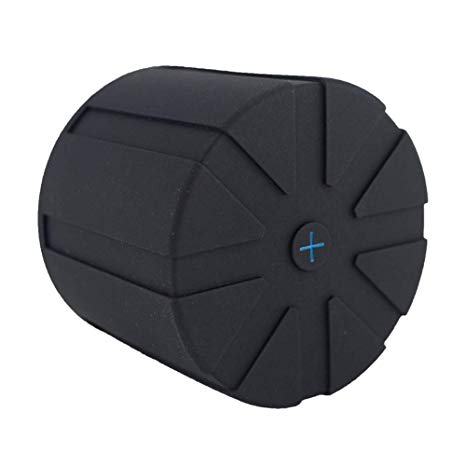What unique challenges does travel filmmaking present?
BL: Travel filmmaking is kind of a weird, in-between genre that didn’t even exist just a few years ago. It’s not quite fiction, it’s not quite docu, and it’s not exactly vlogging or music video. It’s more like a gentrification of home movies. And it has become insanely trendy over the last few years. But, regardless of the flash and style people have added to their travel videos, a central problem remains: vacations are boring to watch. Tourists are supposed to be the audience, not the show. Or tourists can be the commentators—the vloggers. But travel videos aren’t vlogs, they’re picture shows. So, now the tourists and their visual journeys are centerstage…and let’s face it, most of us aren’t doing anything too unique. So we pump up the transitions, blast the music, slather on the color grading, and hope it keeps audiences mesmerized for a few minutes. I think the best travel films either show unique subjects, present their subjects uniquely, or both. The worst ones use trendy filmmaking techniques to resuscitate dull footage.
Do you pitch destinations to the brands you work with? Or do they come to you with a location in mind?
BL: Usually my clients are location-specific. The destination comes first, usually with a brand tie-in. Such as a Mexican-flavored potato chip, or an apartment complex in Saigon. I rarely get the option to choose where I want to shoot my commercials. That’s partially why I do a lot of personal projects. I’m not equally inspired by all destinations—I definitely have my favorites. I want to be able to express my feelings toward those places because it’s ultimately that passion that fuels my filmmaking.
What is some gear you can’t live without?
BL: Well I love using gimbals, as I’ve discussed a lot on my YouTube channel. They’re so versatile and allow me to get fluid tracking shots. I also rely on my
Macbook Pro and
Final Cut Pro X as a portable editing system. I edit as I travel, so I need my workstation to fit in a backpack. I recently got
Tentacle Sync timecode generators for recording synced audio in the field—I use them with an
iPhone + lavalier as a wireless mic kit. I also use a generic version of the
Kuvrd rubber lens caps. They’re one-size-fits-all lens condoms, basically. And my favorite thing in the world is
3M Dual Lock. It’s like super-Velcro. I use it for everything from attaching hard drives to my computer, to sticking accessories on my camera.
How do you choose your next projects/travel locations?
BL: For personal projects, it’s all about passion. Whatever gets me excited to pull out my camera and shoot. And I’m trying to do something unlike what I’ve done before. It’s gotten harder over the years to avoid repeating myself. I’ve filmed enough Buddhist temples for a lifetime. I’ve filmed in India five times in different regions. I’ve done the “day in the life” storyline to death. So now I need to get out of my cozy box and cut my teeth on new cultures, new filmmaking techniques. So when I’m scanning the globe, I ask myself if I can make something different and better in that place.
When you work with brands, how do you balance their aesthetic and sensibility with your own?
BL: I want to bring their message to life while retaining as much creative control as possible. Sometimes I get carte blanche, and sometimes not, but I always want the creative balance to be agreed upon right in the beginning of the negotiations. Then when I’m shooting and editing, I try to give the client granular updates as I work – showing them little edits at the end of the day, or auditioning music for them as I do my searching. I feel like it’s easiest to stay aligned if we all stay in the loop.
What’s the best way to reach you if someone wants to work with you?
BL: The best way is email:
brandon@unscripted.com. I get a lot of inquiries through social media these days, which is a bit risky because I don’t always see the messages. So email is the most reliable.
What advice would you give to an aspiring travel filmmaker?
BL: Travel first, then make films. If you’re just starting your life’s travels, and you spend that time worrying about making a video out of it, you’re gonna rob yourself of some great experiences. So spend some time traveling with just clothes in your backpack, then pick up the camera once you’ve really got something to say.
